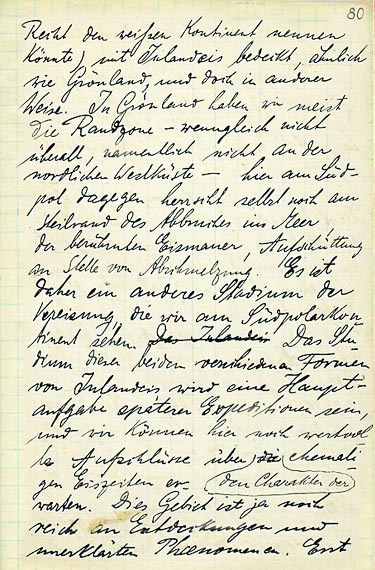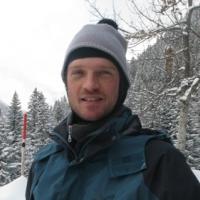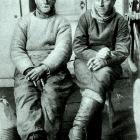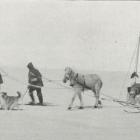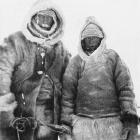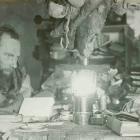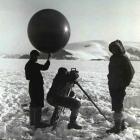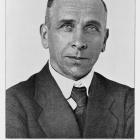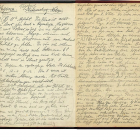NL001-002_080
Source: Alfred Wegener, Tagebücher, June 1906 – August 1908. DMA NL 001/002.
[080] Recht den weißen Kontinent nennen könnte) mit Inlandeis bedeckt, ähnlich wie Grönland, und doch in anderer Weise. In Grönland haben wir meist die Randzone – wenngleich nicht überall, namentlich nicht an der nördlichen Westküste – hier am Südpol dagegen herrscht selbst noch am Steilrand des Abbruches ins Meer der berühmten Eismauer, Aufschüttung an Stelle von Abschmelzung. Es ist daher ein anderes Stadium der Vereisung, die wir am Südpolarkontinent sehen. Das Studium dieser beiden verschiedenen Formen von Inlandeis wird eine Hauptaufgabe späterer Expeditionen sein, und wir können hier noch wertvolle Aufschlüsse über den Charakter der ehemaligen Eiszeiten erhalten. Dies Gebiet ist ja noch reich an Entdeckungen und unerklärten Phänomenen. Erst
[080] rightly be called the white continent) is entirely covered by an ice sheet, like Greenland, though in a different way. In Greenland, it is mainly on the fringes—although not everywhere, specifically not on the northern coast. Here in the South Pole, on the other hand, we even have ice along the steep ridges falling into the sea, the famous “Ice Wall,” where ice is accumulating rather than melting. Thus, the South Polar continent is at a different stage of glaciation. The study of these two different forms of ice sheet will be the main goal of later expeditions. From this study, we will be able to draw valuable conclusions about the nature of past ice ages. This region is rich in potential discoveries and unexplained phenomena. It was only recently
